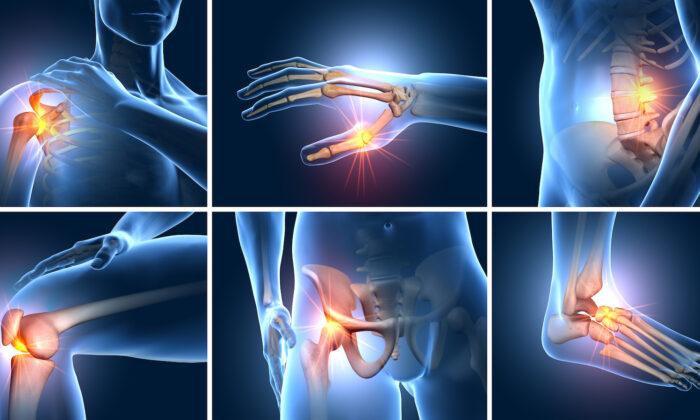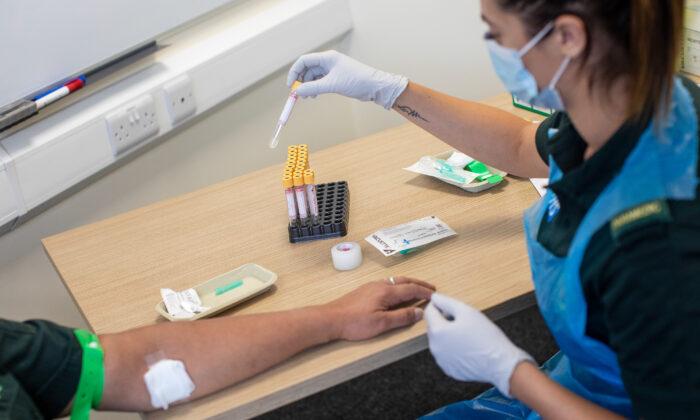Bedtime reading on an electronic device, like an iPad or Nook, might disrupt your sleep cycle by suppressing the release of the hormone melatonin.
“Electronic devices emit light that is short-wavelength-enriched light, which has a higher concentration of blue light—with a peak around 450 nm—than natural light,” says Anne-Marie Chang, assistant professor of biobehavioral health at Penn State. “This is different from natural light in composition, having a greater impact on sleep and circadian rhythms.”
Chang and colleagues observed 12 adults for two weeks, comparing when the participants read from an iPad, serving as an e-reader, before bedtime to when they read from a printed book before bedtime. The researchers monitored the participants’ melatonin levels, sleep and next-morning alertness, as well as other sleep-related measures.
Participants took nearly 10 minutes longer to fall asleep and had a significantly lower amount of REM—rapid eye movement—sleep after reading from a light-emitting e-reader than they did after reading from a print book.
“Our most surprising finding was that individuals using the e-reader would be more tired and take longer to become alert the next morning,” says Chang. “This has real consequences for daytime functioning, and these effects might be worse in the real world as opposed to the controlled environment we used.”
iPad, iPhone, Nook, and Kindle
The researchers measured the amount of brightness coming from several devices, including an iPad, iPhone, Kindle, Kindle Fire, and Nook Color. The Kindle e-reader does not emit light, while the iPad, Kindle Fire and Nook Color emit similar amounts of light. However, the iPad is the brightest of the devices measured.
The study participants were admitted to Brigham and Women’s Hospital in Boston for the duration of the 14-day study, in order for the researchers to control for many factors. Each participant read from an iPad before bedtime for five nights in a row, and did the same with a printed book.
It was randomly determined whether a participant read from a print book or an iPad first—the results showed that the order didn’t make a difference. Participants were able to choose their own reading material, as long as it could be considered “leisure” reading and did not contain any images or puzzles, only text.
The subjects read for four hours before bed, from 6 p.m. to 10 p.m., with time designated for sleep from 10 p.m. to 6 a.m. The researchers collected blood samples from the readers hourly to measure melatonin.
Polysomnography—which records brain waves, heart rate, breathing, and eye movements—was also used to determine how long it took to fall asleep, the amount of time spent asleep and the amount of time spent in each sleep stage. The researchers also used the Karolinska Sleepiness Scale to measure subjective sleepiness.
“We live in a sleep-restricted society, in general,” says Chang. “It is important to further study the effects of using light-emitting devices, especially before bed, as they may have longer term health consequences than we previously considered.”
Researchers from Harvard Medical School collaborated on the study, which was funded by the National Institutes of Health and the National Center for Research Resources. Read the published report in the Proceedings of the National Academy of Sciences.
Source: Penn State Republished from Futurity.org under Creative Commons License 3.0.
*Image of “girls“ via Shutterstock





